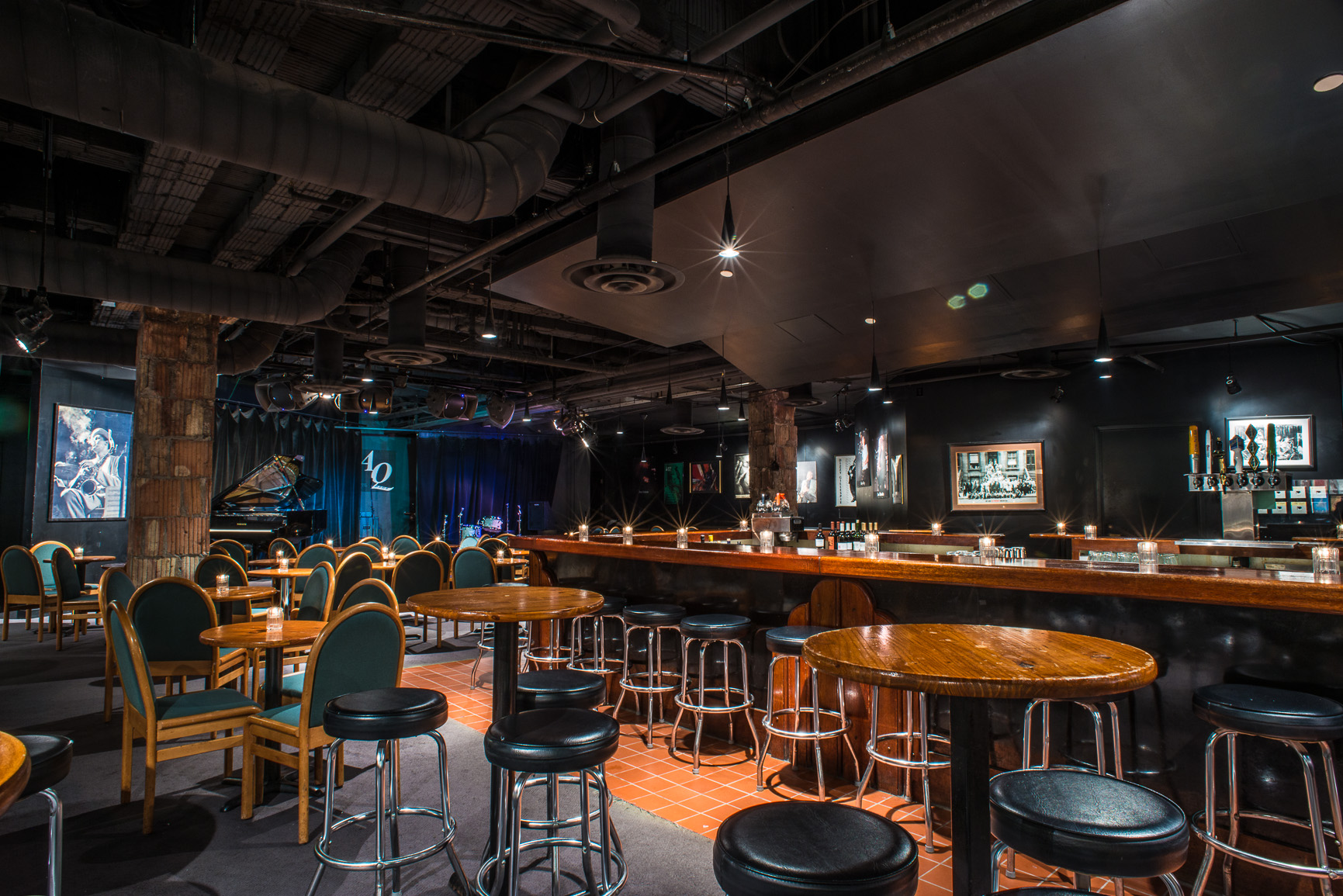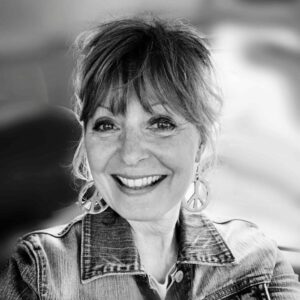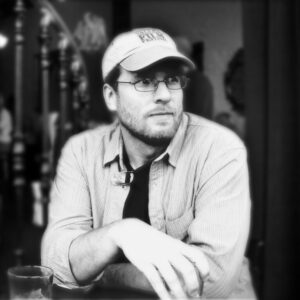The Artists’ Quarter Film

Description
Walk downstairs and turn the corner into a legendary nightclub, where the lights were low, the welcome was warm, and the music was smoking hot. New York City cool met Midwestern charm at the AQ, and the pure, authentic, essential art form that is jazz was the headliner every night.
From the 1970s in Minneapolis to New Year’s Eve 2013, the Artists’ Quarter – listed in Downbeat magazine as one of the top 100 Greatest Jazz Clubs in the world – was an incomparable venue in the Midwest; a musician-owned club, an incubator of young talent, a place to innovate, experiment, and be part of the local, national, and international jazz scene.
Our story begins with a young drummer named Kenny Horst, who began earning his living playing music immediately after graduating high school in 1961, an era when a young musician with talent and ambition could easily earn a good living. Kenny worked six nights a week in the strip clubs along Hennepin Avenue until joining piano great Bobby Lyle (Sly & the Family Stone, Al Jarreau) and his band playing Twin Cities black jazz clubs, including the Nacirema, the Blue Note on the North Side, and the Ebony Lounge in St. Paul.
When he began using his local and national connections to book the Artists’ Quarter on 26th & Nicollet in the early 80s, the working man’s bar transformed into a wildly popular jazz club. When investors purchased the property in 1990 and decided not to renew the lease, Kenny kept the Artists’ Quarter (AQ) name. It continued “in exile” at the Roxy, the Luxford, and William’s Pub.
Five years later Kenny and musician friends opened a new version of the AQ across the river in St. Paul. Despite dire predictions of doom, the club thrived for the next eighteen years until the rent tripled in 2012. And although Kenny produced a solid plan for continuing under different ownership and the mayor proclaimed, “the Artists’ Quarter isn’t going anywhere”, the club closed for good on New Year’s Eve, 2013. Kenny holds the name to this day.
Over the years the club hosted jazz legends including Tony Williams, Joe Pass, Monty Alexander, Ray Brown, Ari Hoenig, Jan Michel Pilc, Pepper Adams, Harold Land, Al Cohn, Dannie Richmond, Benny Goldon, Dewey Redman, Roy Haynes, Harry “Sweets” Edison, Georgie Fame, Kenny Werner, Tom Harrell, Ira Sullivan, Lee Konitz, Ari Hoenig, Dave King, Jon Weber, Lew Tabackin, David Hazeltine, and more. The AQ can be compared to only two clubs this side of the Mississippi: the Jazz Showcase in Chicago, in business since 1947, and the Village Vanguard in New York, established in 1966. Like the AQ, these are serious listening rooms where you can get a drink but you won’t hear the clatter of salad forks. Talking over the music gets you a bum’s rush to the exit.
Walk downstairs and turn the corner with us once again. Listen to its legacy.

Kelle Green is a curious, creative problem-solver with a wide-ranging background that includes design, photography, video, and documentary production. She’s also held career titles such as flight attendant, homeschool parent, house cleaner, marketing & communications manager, car salesperson, and soap maker. Kelle sometimes wishes she could say she worked at one thing for many, many years and is now an expert – but she values truth. She is also genuinely appreciative of the opportunity to have worked alongside and learned from incredibly wonderful and inspiring people from all different walks of life.
Kelle was lucky enough to work behind the bar of the famed Artists’ Quarter Jazz Club in downtown St. Paul for its last year of operation. Nepotism played a role as the club owner happened to be her brother, Kenny Horst, who knew she had little knowledge of mixing drinks but trusted her not to raid the till.
Kelle believes in the power of good storytelling to inform, engage, and inspire joy. In her daily life, she is passionate about speaking up for those who cannot speak for themselves and seeks ways to make positive change in the areas of human and non-human rights, the environment, and social justice.

